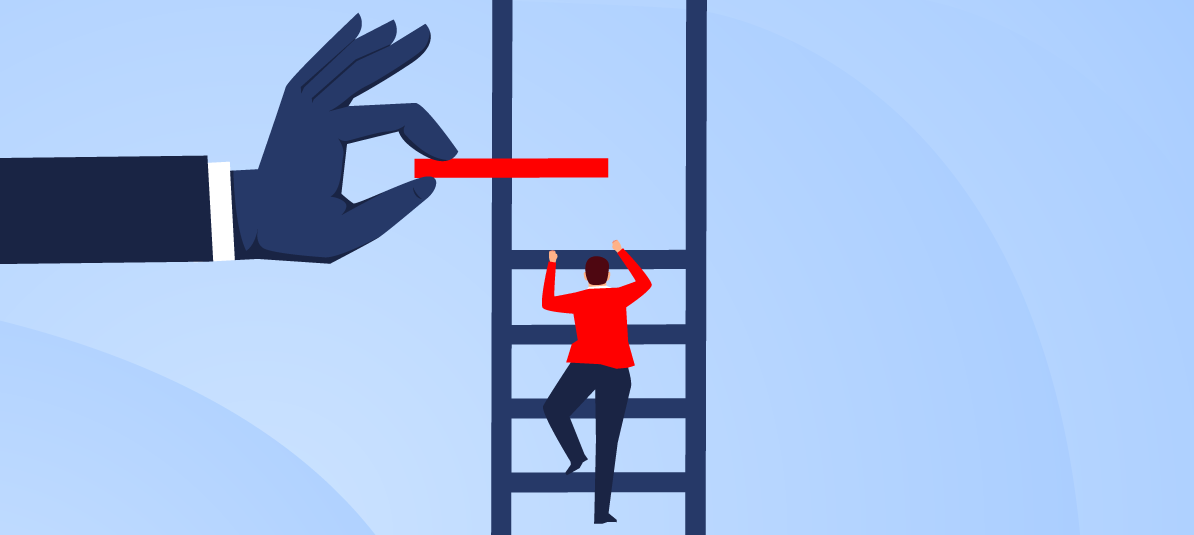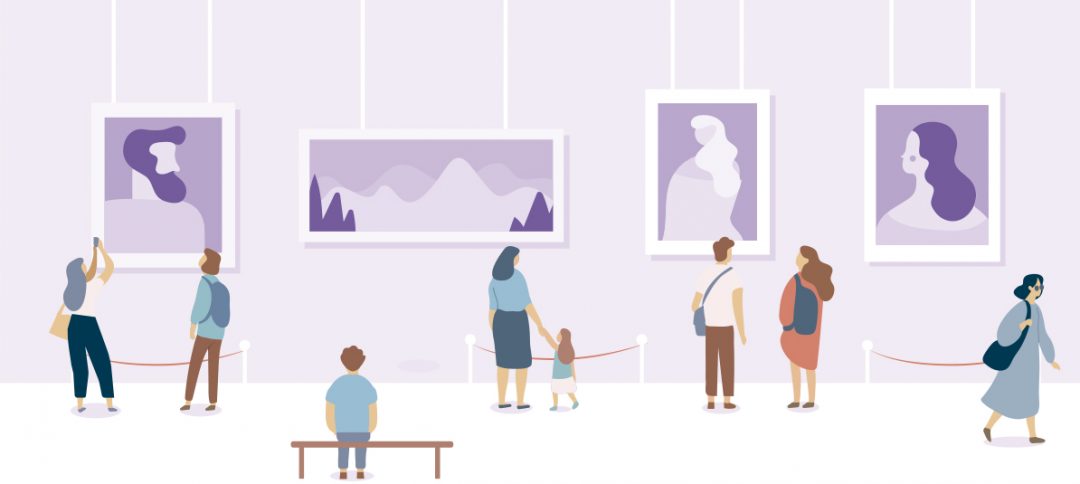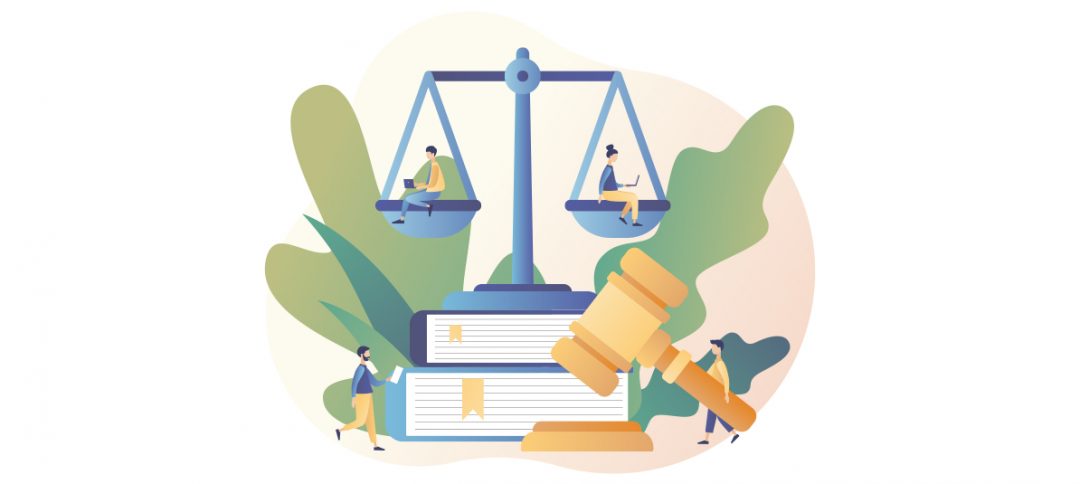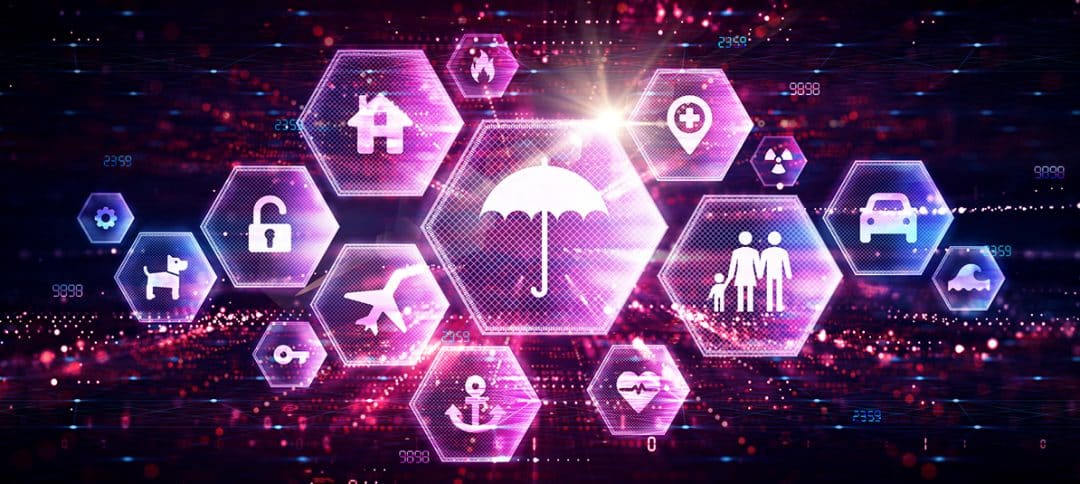It all happened 46 years ago. Muhammad Yunus was a young professor teaching economics at Chittagong University in Bangladesh. And as he himself relates, he began to hate himself. “I used to teach these elegant economic theories, while people were starving in the streets. We teachers were all so smart, but we knew absolutely nothing about the poverty that surrounded us”.
$27 to change the world
Yunus left the campus and met with the inhabitants of the village of Jobra, an exceptionally poor settlement near the university. He made a note of its needs and concluded that its 42 residents could get by on $27. First, he thought about just giving them the money from his own pocket. Later, he had a better idea: microcredits. The rest is history: this revolutionary system has lifted millions of people around the world out of destitution and earned him the Nobel Peace Prize in 2006.
Vulnerability and risk
The philosophy of microinsurance was born as a result of the popularization of microcredits. The risk exposure of people with limited resources is enormous: an illness, a death, an accident, etc. can exacerbate your poverty level in an extreme way. When there are no protection mechanisms, these people turn to friends, moneylenders, sell their goods, their work equipment… and this makes it even more difficult to get out of poverty.
Beyond commercial insurance
In general, microinsurance targets population and organizational segments that are not served by traditional social security and commercial insurance schemes. They are characterized by their low premiums, low coverage limits and specific distribution systems. What does this type of insurance cover? The main coverage is for accidents, medical emergencies or death, but they have started to cover a greater range of unforeseen events: funeral expenses, the settelment of loans, or help for specific diseases, such as cancer.
Terms and conditions
As an inclusive product, microinsurance must meet a number of conditions: it must be affordable. In other words, it must have a price that allows it to be bought; sustainable, since it needs to be offered on a regular basis; suitable, so it matches the needs of the population at which it is directed; and, finally, responsible, since it has to ensure an appropriate price/value ratio according to the conditions of the population at which it are directed. Ultimately, microinsurance has to understand the needs of these users and provide them with the protection they need according to their circumstances.









